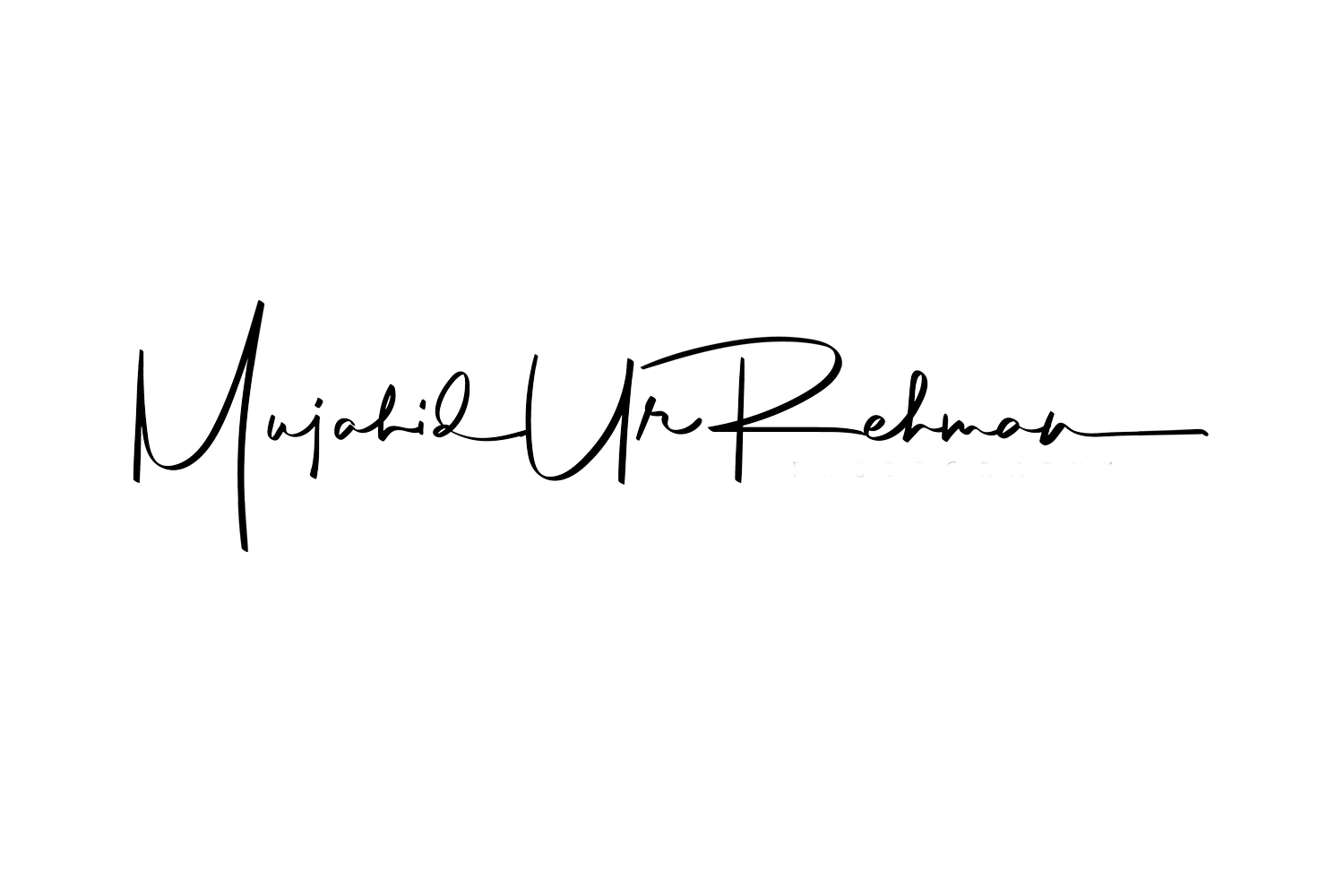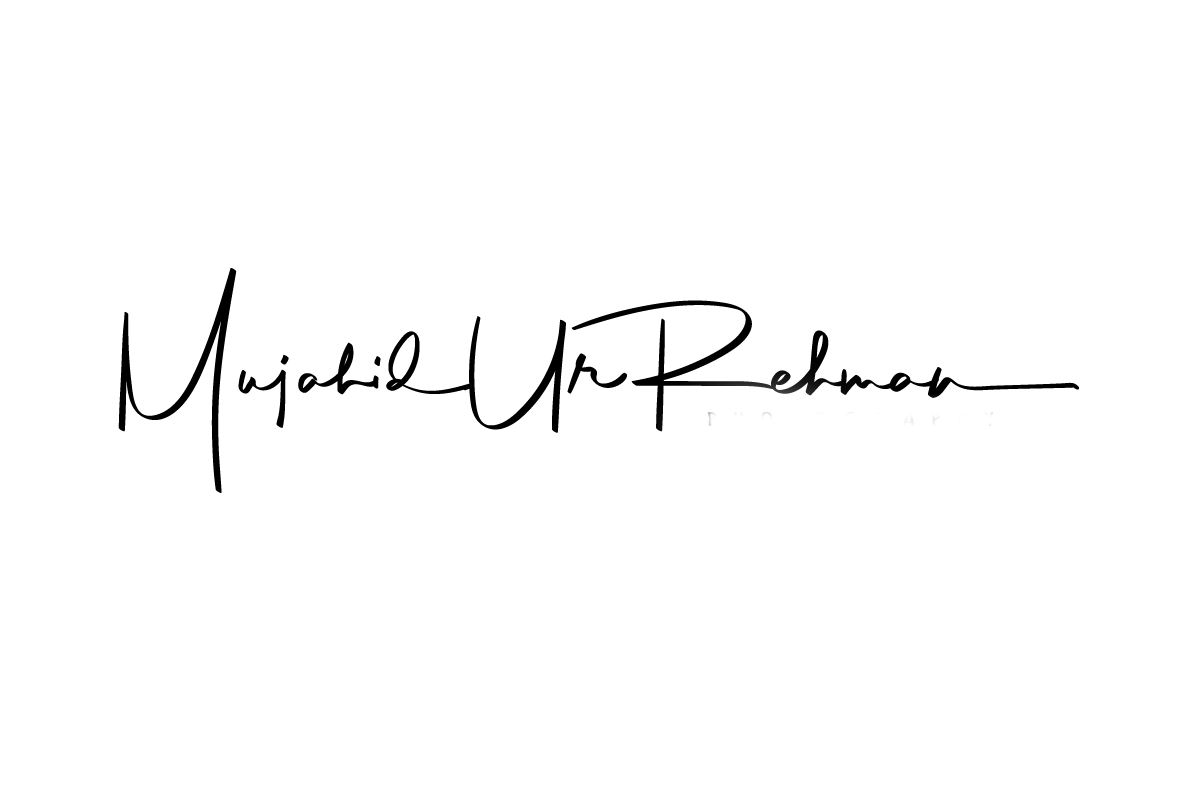Camera Settings for Sunset Photography
Disclaimer: This article is only applicable to you if you are an absolute beginner. The article provides guidelines because there are no fixed settings for sunset photography. Your settings and techniques depend on the scene in front of you, experience will teach you as you practice. However, knowing these guidelines as a beginner will be a step in the right direction. Sunset photography is fun but challenging at the same time. You need to know the concept of aperture, shutter and ISO in order to take a photo that is properly exposed i.e. it doesn't have too dark or too bright sections. Aperture, shutterand ISO have a relationship when it comes to taking an image, changing value of one impacts the others. I have provided links in this article to videos or other articles if you want to know more about these concepts.
Guidelines at high level, we will discuss the details as well:
use a tripod
focus a foreground element of interest e.g. rocks, bush etc. or one thirds on the way up in the frame
shoot manual mode
keep the ISO as low as possible
use a big f-value i.e. a narrow aperture for a great depth of field
shoot RAW and change the white balance in post processing
use graduated ND filters if required
Manual or not?
My general rule is to shoot in manual mode. As the sunset approaches, you need to have more control over your shutter speed, and for that, I use manual mode. Switching in manual mode will help you change the ISO, shutter and aperture to get the desired affect. Sometimes you really don't care what the shutter speed is, and for that, aperture priority mode is best.
Aperture
First things first, aperture value is calculated in f-value or f-stops (f1.8, f2.8, ... f8, f9, f11, f14 etc.). The bigger the f-value the narrower the aperture. Aperture hole will be big at f2.8, but at f14, the hole will be narrower, thus allowing less light to come in. The f-value determines the amount of light coming in the camera via the aperture hole, it however impacts the depth-of-field. We shoot at a big f-value in landscape photography to have a greater depth-of-field so that everything from front to far away is in focus. For a landscape that has something in my foreground and the background elements are far away, I shoot at f8, f11 or f14 (i.e. narrow aperture). Having said that, I generally shoot at f14 for majority of my landscapes.
Conclusion: Evaluate the scene and determine the aperture value. For majority landscapes, shoot at a bigger f-value for a greater depth of field. See examples below.
The scene below was shot at f14 because there are mountain far away and I wanted them to be in focus:
Sunset over Ouberg Pass - South Africa
The scene below however was shot at f2.8 because there was nothing in the background, the scene has shallow depth of field.
This scene was shot at f9 because there isn't much depth in the scene, but I still wanted everything to be visible and not blur.
ISO
If you don't know what ISO is, please learn about ISO in photography here and you can come back to this article after reading it. I start with the base ISO of my camera, which is ISO 64. Find out what is the base ISO of your camera and use it as your starting point. If you don't know the base ISO of your camera, start with ISO 100. At base ISO, the image quality is at its best. As you increase the ISO value, noise is added to the image. Keep in mind that noise is hardly visible at ISO 100, 200 or ISO 320, it is an ISO value bigger than this that you should worry about. Noise can be reduced in post processing but to an extent. Most of the time I keep the ISO to the base ISO.
The general rule is to keep the ISO as low as possible for a good quality image, but as the light gets softer and dimmer, I change the ISO to 200 or even more depending on the situation. So why do I do that? Well, because the ISO and Aperture values impact the shutter speed. If I don't want the shutter speed to increase, I up the ISO. For example, I am capturing the slight movement of waves crashing on the beach, and I want my shutter speed to be 0.5 seconds, but because the light gets very soft and low at sunset, and a perfectly exposed image requires 2 seconds of shutter speed, I will up the ISO to make the sensor more sensitive so that I can reduce my shutter speed back to 0.5 seconds. The higher the ISO, more sensitive to light the camera will be and it will impact the shutter speed.
Frozen River and Rising Moon in Rovaniemi, Finland
Pine Trees in Pallas, Finland
Conclusion: Keep the ISO levels to the base ISO of your camera, only up it if the concern is reducing the shutter speed. See examples below.This image of the river was shot at ISO 200, which gave me a shutter speed of 3 seconds. At ISO 64, the exposure was around 10 seconds and the texture of the water was completely disappearing.This image below however was shot at ISO 64, shutter speed of 1,2, 3 or 5 seconds didn't matter, everything was still and I wasn't worried about shutter speed. Although I shot this in manual mode, even if I was shooting in aperture priority mode, I wouldn't have worried about the shutter speed.
Shutter Speed
Shutter speed of the camera is calculated in seconds or fractions of seconds (e.g 1/2 seconds, 1/60 seconds, 1 seconds, 2 or 30 seconds etc.). I start by bringing the shutter speed to a number at which the exposure meter of the camera shows me that the image will not be under or over exposed. The white arrow in the image below is pointing to a tiny bar that should be on '0' (zero). You will see this tiny bar moving left or right when you change the shutter speed. If tiny bar is towards the left, it means your image will be dark, towards the right means it will be bright. The more it is towards right, brighter (over exposed) the image is going to be, the more it is towards left, darker (under exposed) the image is going to be. Check the results on the back of your screen and most importantly, check the histogram of your image.
Conclusion: Start with a shutter using the exposure meter and then play with it by making it fast or slow. Shutter speed might impact a change in aperture or ISO values. They are all interlinked.
White Balance
Shoot in RAW format, and you can change the White Balance of an image in post processing.
Filters or Exposure Bracketing?
At sunset, the sky can be very bright and the foreground can be very dark. Settings chosen by you in manual mode might make the sky too bright or too dark (or it might make foreground too bright or too dark). One shutter speed might not be good for the contrast you have in the scene. I use graduated ND filters often to block light from the sky. Use filters, if you can, to properly expose the image. Here is a video explaining the whole scenario of using graduated ND filters. If you don't want to use filters, or don't own filters, do exposure bracketing. Many professionals don't like using grad ND filters and they use exposure bracketing i.e. they take multiple images, some dark and some bright and they blend them together in Adobe Photoshop (google the term).
Conclusion: Switch to manual mode when using graduated ND filters. You use these filters when there is a high contrast scene and a shutter speed is under or over exposing certain parts of the image, grad ND filters will help exposing the images properly by blocking extra light from certain parts of the image.
Muji







